Mateusz Budnik
Asymmetric metric learning for knowledge transfer
Jun 29, 2020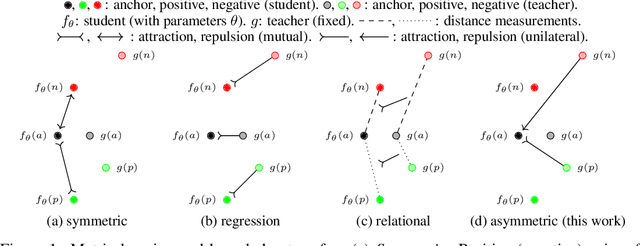
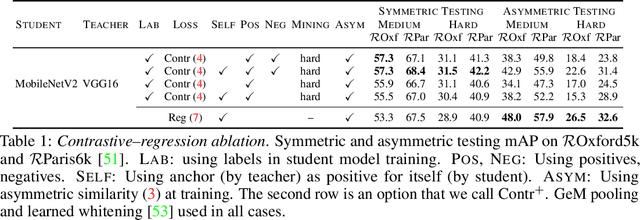
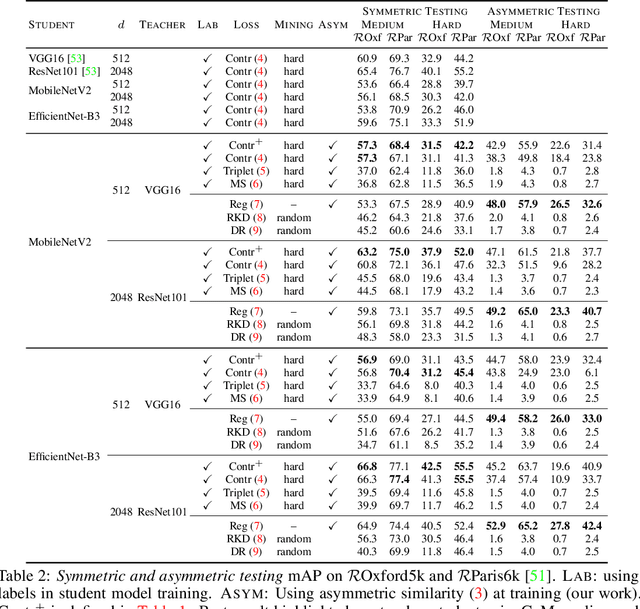
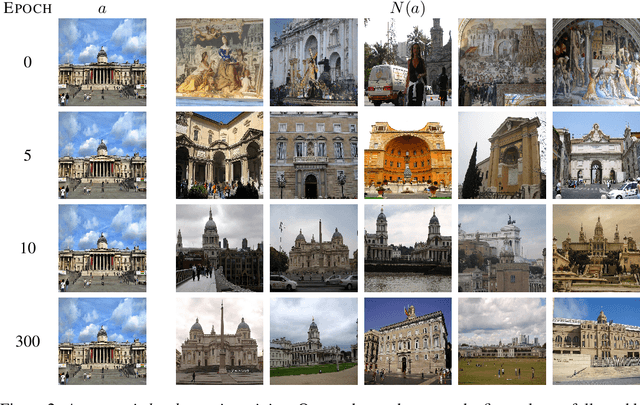
Abstract:Knowledge transfer from large teacher models to smaller student models has recently been studied for metric learning, focusing on fine-grained classification. In this work, focusing on instance-level image retrieval, we study an asymmetric testing task, where the database is represented by the teacher and queries by the student. Inspired by this task, we introduce asymmetric metric learning, a novel paradigm of using asymmetric representations at training. This acts as a simple combination of knowledge transfer with the original metric learning task. We systematically evaluate different teacher and student models, metric learning and knowledge transfer loss functions on the new asymmetric testing as well as the standard symmetric testing task, where database and queries are represented by the same model. We find that plain regression is surprisingly effective compared to more complex knowledge transfer mechanisms, working best in asymmetric testing. Interestingly, our asymmetric metric learning approach works best in symmetric testing, allowing the student to even outperform the teacher.
Rethinking deep active learning: Using unlabeled data at model training
Nov 19, 2019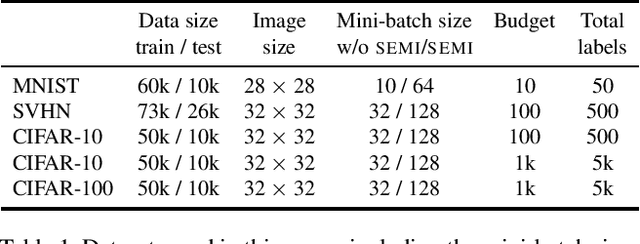
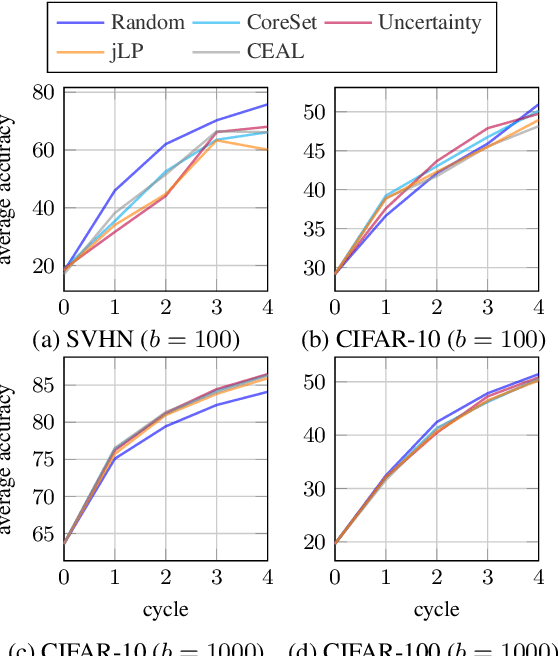
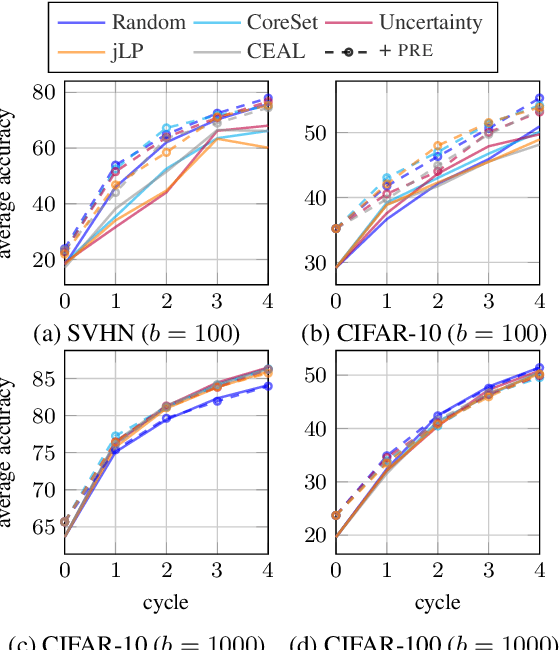
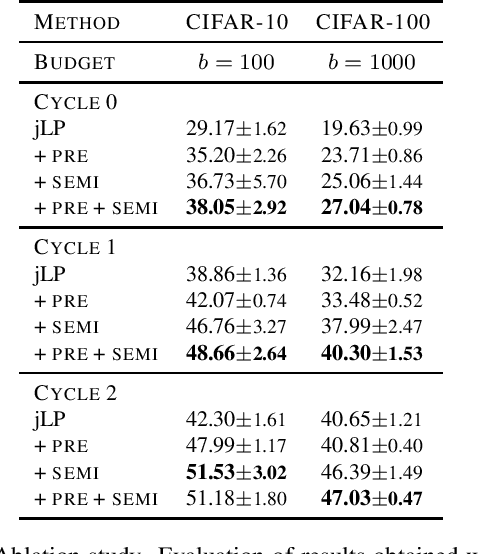
Abstract:Active learning typically focuses on training a model on few labeled examples alone, while unlabeled ones are only used for acquisition. In this work we depart from this setting by using both labeled and unlabeled data during model training across active learning cycles. We do so by using unsupervised feature learning at the beginning of the active learning pipeline and semi-supervised learning at every active learning cycle, on all available data. The former has not been investigated before in active learning, while the study of latter in the context of deep learning is scarce and recent findings are not conclusive with respect to its benefit. Our idea is orthogonal to acquisition strategies by using more data, much like ensemble methods use more models. By systematically evaluating on a number of popular acquisition strategies and datasets, we find that the use of unlabeled data during model training brings a surprising accuracy improvement in image classification, compared to the differences between acquisition strategies. We thus explore smaller label budgets, even one label per class.
 Add to Chrome
Add to Chrome Add to Firefox
Add to Firefox Add to Edge
Add to Edge